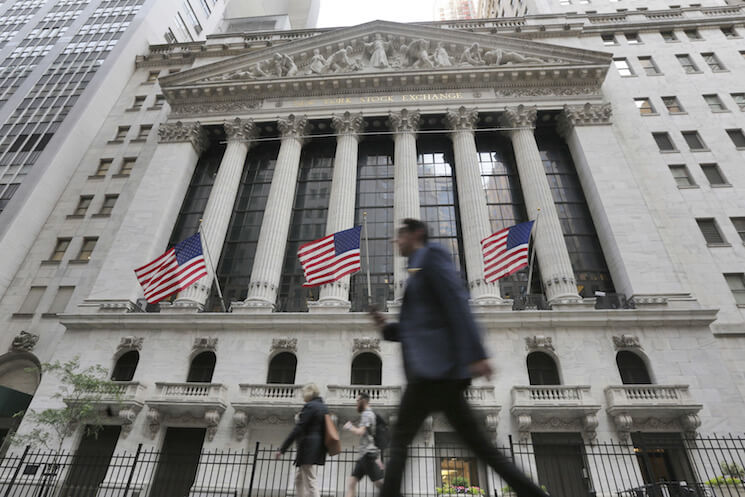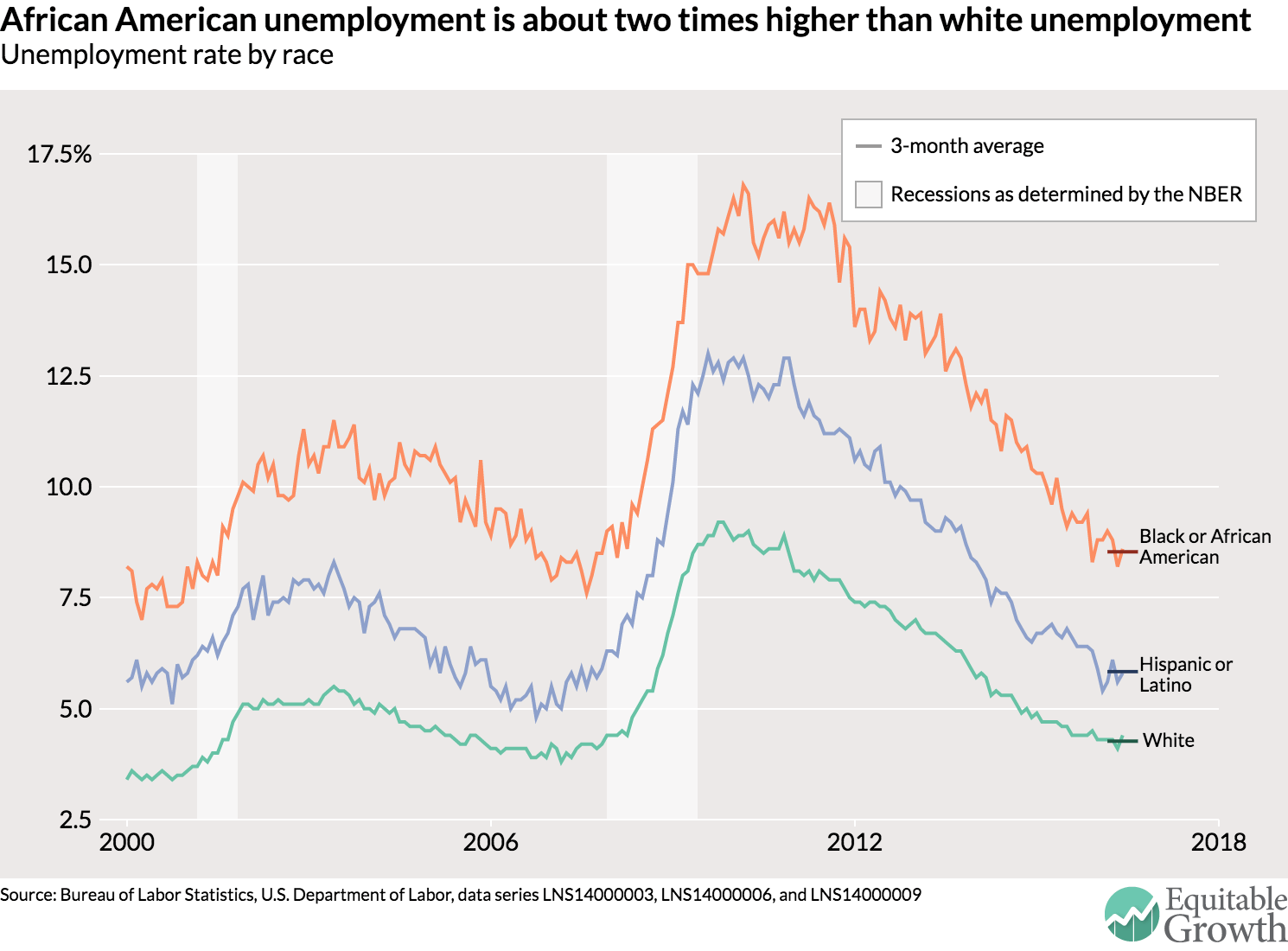Must-Read: Dani Rodrik is very sharp indeed. But I think that this is mostly wrong. However, it remains a must-read:
: The Abdication of the Left: “This backlash was predictable…
…Hyper-globalization in trade and finance, intended to create seamlessly integrated world markets, tore domestic societies apart. The bigger surprise is the decidedly right-wing tilt the political reaction has taken. In Europe, it is predominantly nationalists and nativist populists that have risen to prominence…. As an emerging new establishment consensus grudgingly concedes, globalization accentuates class divisions between those who have the skills and resources to take advantage of global markets and those who don’t. Income and class cleavages, in contrast to identity cleavages based on race, ethnicity, or religion, have traditionally strengthened the political left. So why has the left been unable to mount a significant political challenge to globalization?
One answer is that immigration has overshadowed other globalization ‘shocks.’… Latin American democracies provide a telling contrast. These countries experienced globalization mostly as a trade and foreign-investment shock, rather than as an immigration shock. Globalization became synonymous with so-called Washington Consensus policies and financial opening…. So the populist backlash in Latin America – in Brazil, Bolivia, Ecuador, and, most disastrously, Venezuela – took a left-wing form….
The enthroning of free capital mobility – especially of the short-term kind – as a policy norm by the European Union, the Organization for Economic Cooperation and Development, and the IMF was arguably the most fateful decision for the global economy in recent decades. As Harvard Business School professor Rawi Abdelal has shown, this effort was spearheaded in the late 1980s and early 1990s not by free-market ideologues, but by French technocrats such as Jacques Delors (at the European Commission) and Henri Chavranski (at the OECD), who were closely associated with the Socialist Party in France. Similarly, in the US, it was technocrats associated with the more Keynesian Democratic Party, such as Lawrence Summers, who led the charge for financial deregulation….
A crucial difference between the right and the left is that the right thrives on deepening divisions in society – ‘us’ versus ‘them’ – while the left, when successful, overcomes these cleavages through reforms that bridge them. Hence the paradox that earlier waves of reforms from the left – Keynesianism, social democracy, the welfare state – both saved capitalism from itself and effectively rendered themselves superfluous. Absent such a response again, the field will be left wide open for populists and far-right groups, who will lead the world – as they always have – to deeper division and more frequent conflict.


